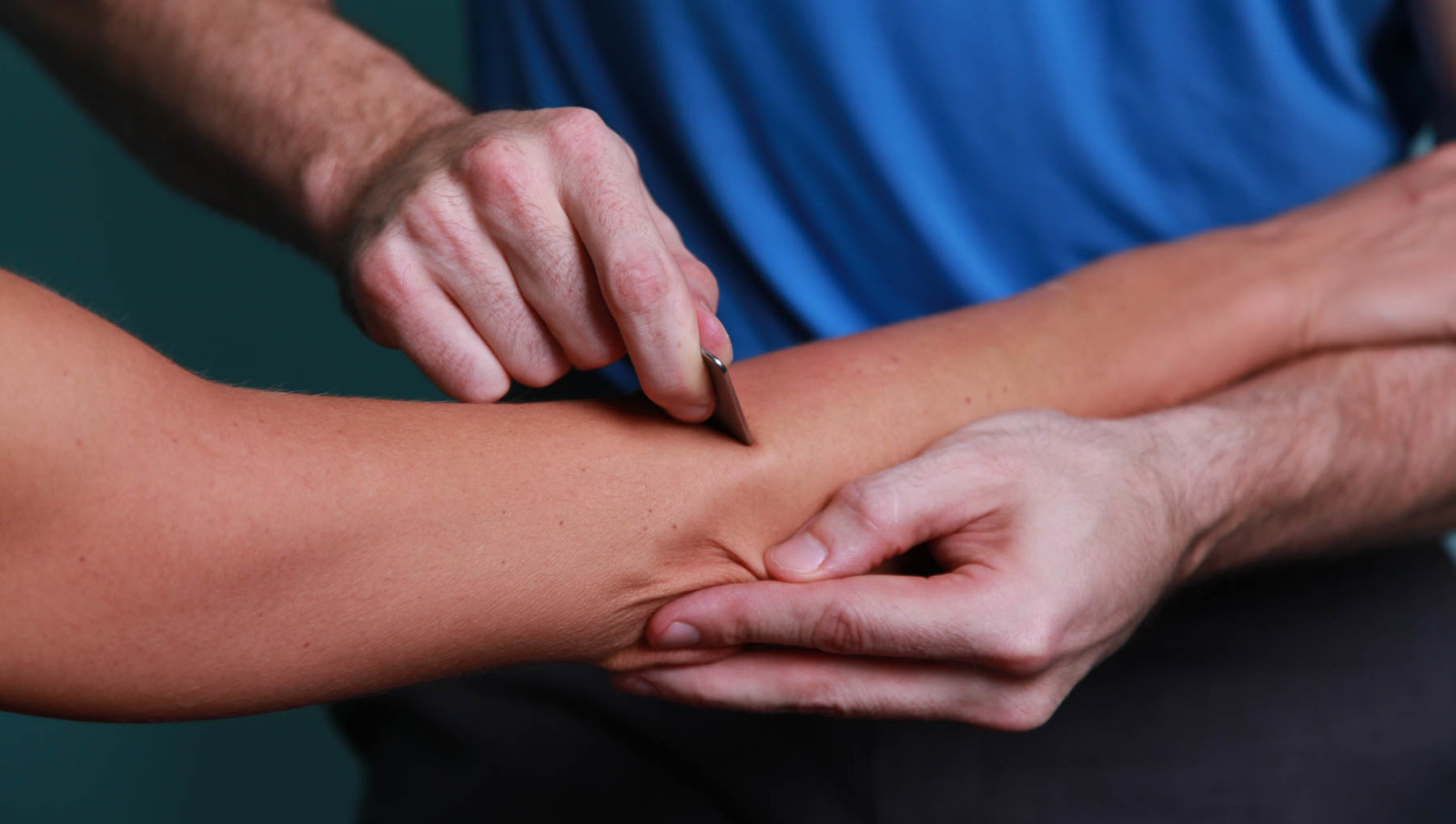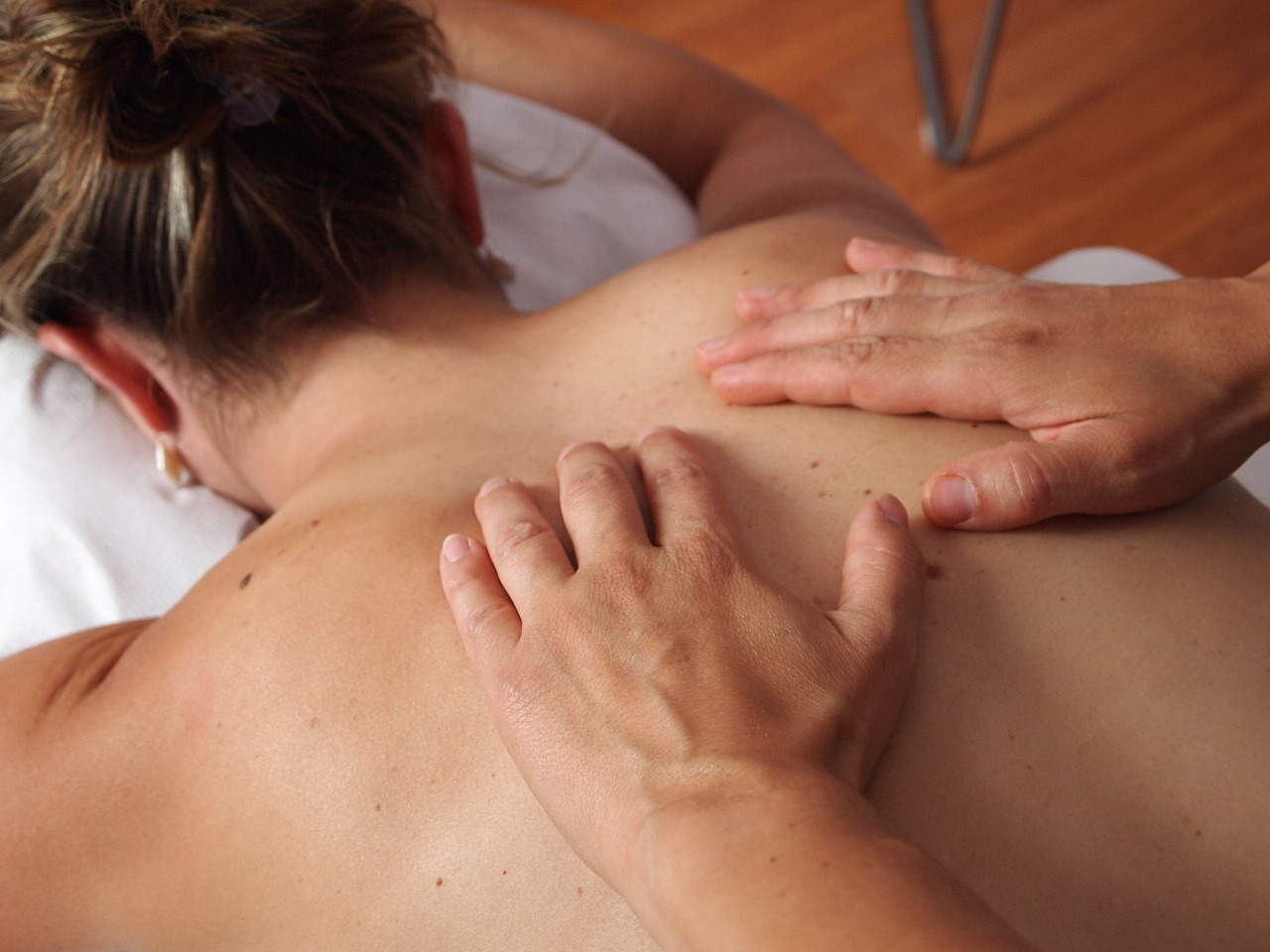Weekend warriors and elite athletes alike all have one thing in common — no one wants to get hurt. While there are catastrophic on-the-spot occurrence of sports injuries (think spraining an ankle or blowing out a knee when doing a movement improperly), the more common culprit to cause injury in an athlete is overuse injuries.
Regardless of your sport of choice — CrossFit, running, yoga, or anything in between — there are a number of things you can do to not only reduce your risk of overuse injuries but also to actually strengthen your weaknesses and improve in your sport at the same time.
Sound too goo to be true? We thought so too, so we called in Veracity Chiropractic doctor Andrew Wengert, one of only two doctors in the state of Florida trained to use the Integrative Diagnosis system and fully certified to perform Manual Adhesion Release and Instrument Adhesion Release on his patients.
Common Causes of Overuse Injuries in Athletes
In his experience working with many different types of athletes, Wengert has learned a thing or two about injuries, specifically what causes them.
To put it simply? “Overuse,” he said. “All injuries are the result of load exceeding capacity.”
Most Common Injury Patterns in Athletes
While literally every individual body is different, there are some common overuse injury patterns that Wengert regularly diagnoses in different types of athletes.
As one might expect, he commonly diagnoses and treats injuries to the parts of the body used in the athletes sport.
“For example, lots of foot, ankle, knee, hip and even back problems in runners,” he said. “In people who lift weights, I see a lot of back and shoulder injuries.”
However, Wengert points out that a second often overlooked injury pattern may be even more important in keeping our bodies healthy enough to engage in the activities we love.
As a practitioner, he looks at what a person does outside of their sport or activity.
He elaborates by saying, “The body position someone is in at work or at home is a big deal. Someone who stands for eight hours a day at work is more likely to have ankle, foot, or knee problems. Where someone who sits for eight hours is likely to have back, hip, or neck problems.”

What Can I Do to Prevent Injury?
As a fitness buff himself who has competed in the physique division in a number of bodybuilding competitions, Wengert recognizes the importance of keeping his body healthy to do the things he loves.
As a doctor, he has dozens of suggestions on how to do that. In athletes who aren’t experiencing any pain and don’t have a current injury, he suggests cross-training.
“Replace one weekly workout with a physical activity that you aren’t currently doing,” he said. “If you are a bodybuilder, add in a yoga class. If you are a runner, start doing some strength exercise.”
While we all know sport-specific training is important, cross-training allows you to use your muscles in a different way without abusing them, according to Dr. Wengert. “You will be surprised at the benefits that carry over from one activity to another,” he said.
What if I’m Already Injured?
Maybe he’s biased because he’s a doctor, but Wengert insists that if you’re injured, “you need a professional’s diagnosis and a treatment plan from an expert.”
We happen to agree with him.
“One of the biggest problems I see is that people with real problems want to do self-treatment — stretching, foam rolling, etc.” he said. “Once pain is present, these options are off the table.”
While it may be tempting to visit webMD to diagnose your tweak or ache, it’s also risky.
“People consistently fail to realize that their conditions can get worse,” Wengert said. “I have seen countless people downplay their injuries, do a couple stretches they found online, continue working out, and have their injury get significantly worse.”
Taking time off from doing the activities we love is never fun, but by locating a capable professional and beginning treatment quickly, our time away will be much shorter than if we keep pushing through an injury.
How Do I Find a Doctor to Help Me?
Sucking it up, admitting you’re injured, and seeking out medical advice is a good first step, but where do you go from there?
Wengert offers two important pieces of advice.
“One, beware of the many ‘self-proclaimed experts’ in the field of injury prevention and rehabilitation who have no business evaluating musculoskeletal problems,” he said. “I highly advise anyone dealing with an injury to seek out a licensed medical professional.”
His second piece of advice is to be an advocate for your own health. If you have a problem, get it checked out. But, that doesn’t mean that the first doctor you see will have all the answers.
“If you are skeptical about the diagnosis or treatment plan you are given, get a second or third opinion,” Wengert recommends. “If you aren’t getting the results you desire with your current treatment, go to another provider.”



